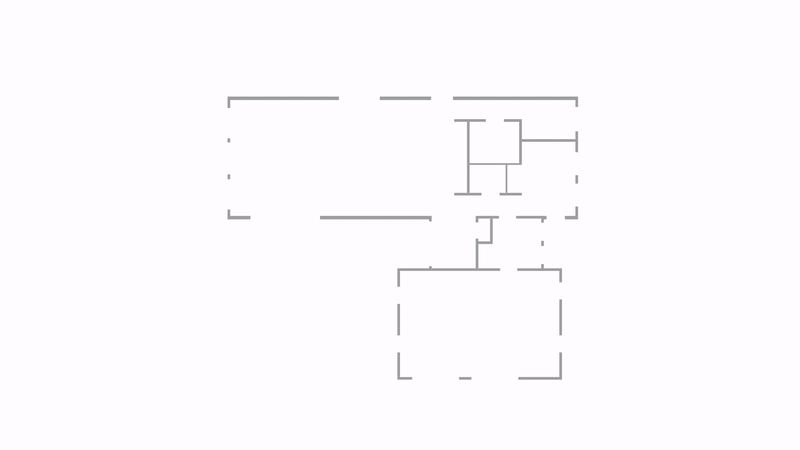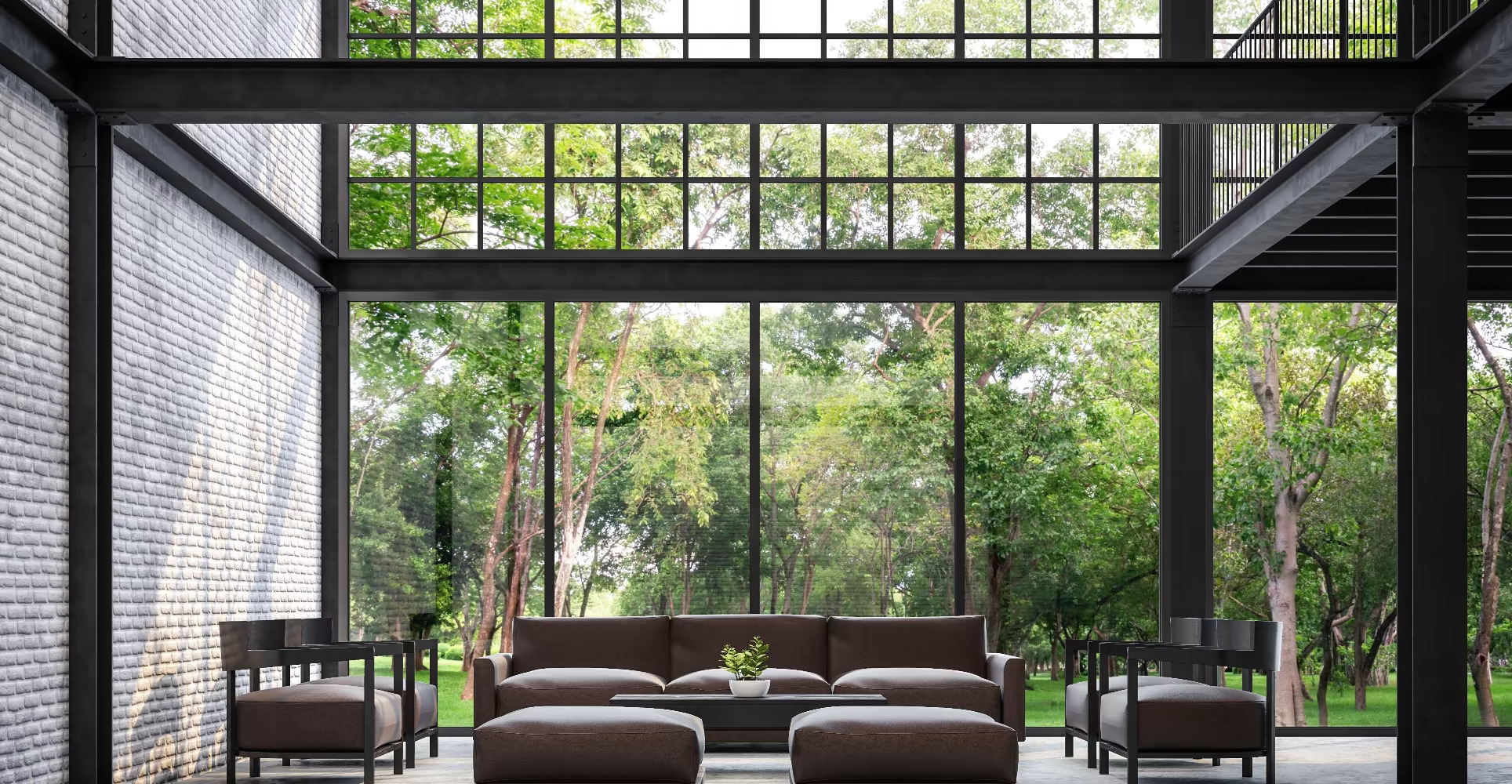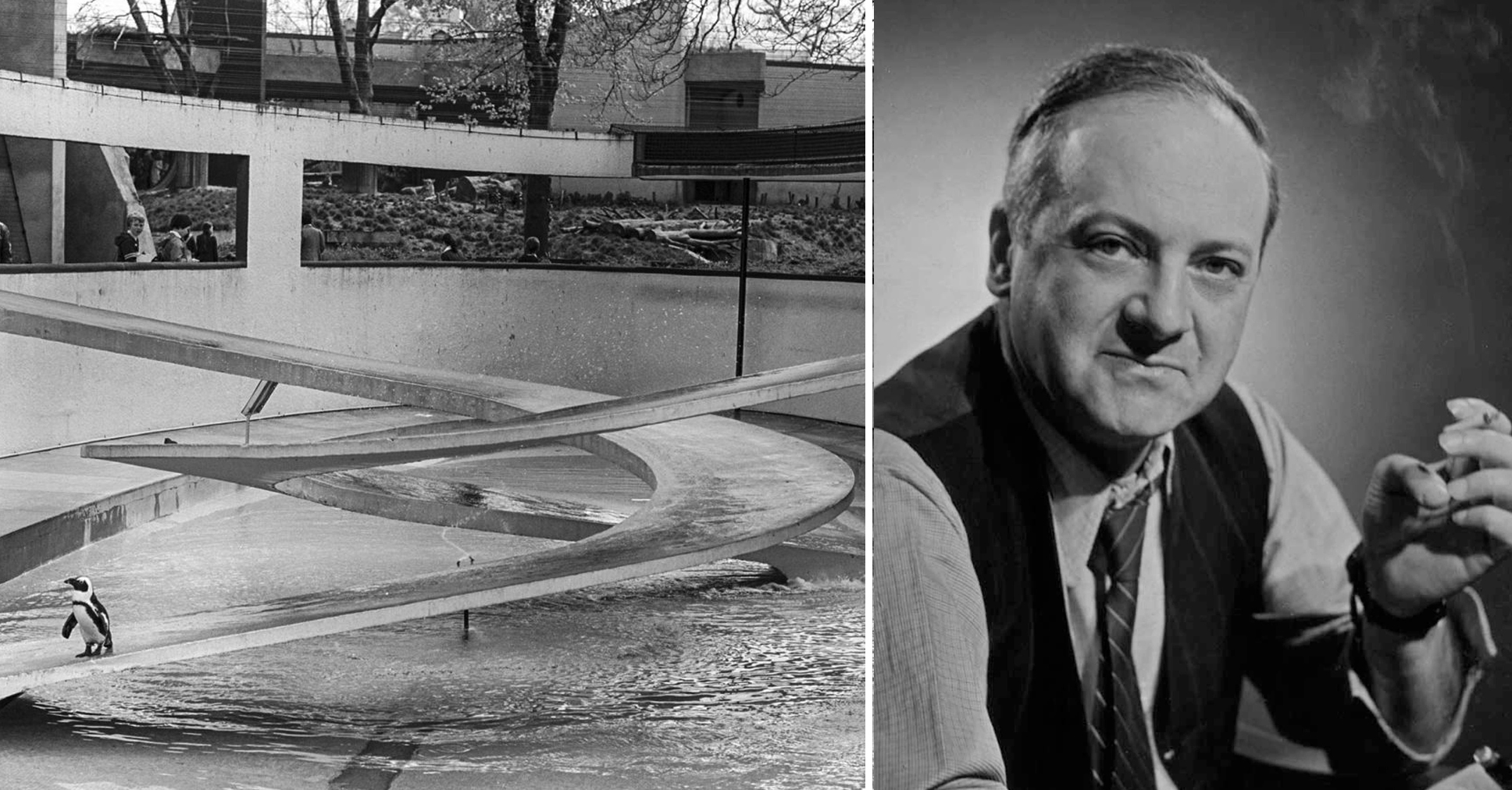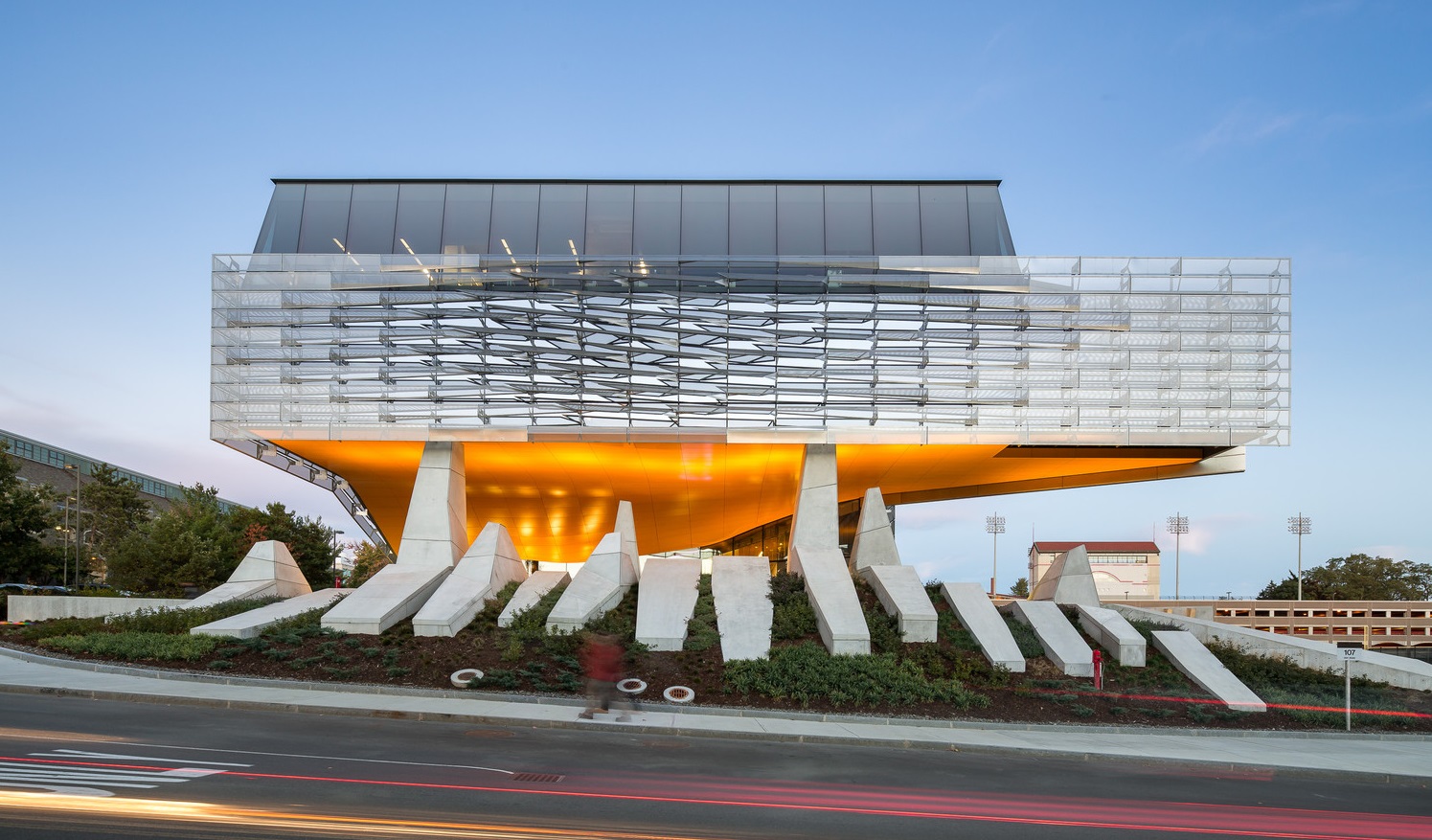Acelab, the unbiased product library built for architects, designers & contractors, today announced that Christine Williamson has joined the company as the company’s director of building science and education.
“Over the last decade, Christine has emerged as one of the foremost authorities on building science,” said Vardhan Mehta, CEO of Acelab. “Under her leadership, we look forward to developing a comprehensive educational component of Acelab that allows architects, designers, and contractors to learn more about the products they’re using for their buildings.”

Christine Williamson has spent her career in building science forensics, discovering why buildings fail, and working with owners, architects, and builders to remedy the problems. She is the founder of the Instagram account @BuildingScienceFightClub, an educational project that teaches architects about building science and construction. Williamson is also a member and past chair of ASHRAE Technical Committee 1.12, Moisture Management in Buildings, as well as a frequent lecturer on building science at universities and professional conferences. She graduated from Princeton University and studied at Boston Architectural College before completing her Master’s of Architecture at NewSchool of Architecture + Design.
As part of Acelab, Williamson will focus on building out on-demand lessons that architects can take for AIA HSW Credits. Acelab plans to launch these lessons starting April 2022. Architizer’s Editor in Chief Paul Keskeys chatted with Christine about her new role, how she’ll implement her expertise at Acelab, and how architects can improve their building science knowledge.
Paul Keskeys: Congratulations on your new role at Acelab! What is it about the role that appealed to you?
Christine Williamson: The most rewarding part of my work has always been teaching building science and construction to other practicing professionals. In joining Acelab as Director of Building Science and Education, I get to continue this work while collaborating with really smart architects to provide our industry with something new and genuinely beneficial.
Most of the continuing education in architecture — including most education about building materials—is provided or sponsored by materials manufacturers. There’s nothing inherently wrong with this, and many manufacturers do an excellent job in educating architects about their products. But a manufacturer’s interests aren’t always perfectly aligned with those of its customers. Acelab’s product library and educational content are non-sponsored and entirely manufacturer-neutral. The goal is to bring clarity and transparency to both material selection and detailing, so that architects are better positioned to make the right decisions in the context of any particular project.
You are known as a thought leader when it comes to technical detailing and building science — how do you plan to leverage those expertise with Acelab?
Part of material selection is simply knowing what’s available. So a well-designed, easy-to-use database is already helpful — architects spend a lot of time on manufacturer websites only to discover that the product they are looking for isn’t even manufactured in the configuration required to meet the design intent. But beyond that, design isn’t just a matter of choosing the right materials. Good design isn’t a shopping list. Acelab exists to equip architects not just to choose building materials but also to make better decisions about how those building materials are detailed and installed.
What’s the biggest thing have you learned since starting Building Science Fight Club?
Technical concepts can seem especially impenetrable and intimidating to creative people. My goal with Building Science Fight Club has never been to turn architects into building scientists; it has been to give architects a framework and a technical vocabulary that they can apply immediately in their day-to-day design practice.
Building Science Fight Club has really shown me how much designers benefit from even a modest enlargement of their understanding of building science and construction. A better understanding of technical constraints allows architects to design more creatively and competently, and it gives them more confidence on job sites and in interactions with contractors and clients.
What are 3 ways architects can become better equipped in practice when it comes to building science?
The first would be to treat continuing education as an investment—because it is! Understanding technical constraints related to building science and construction makes for better, more creative designers and can really improve architects’ confidence on job sites and when presenting technical matters to clients. The second would be to spend as much time as possible on job sites, just observing the construction process and developing a deeper understanding of how materials actually get used—which isn’t always in line with what manufacturers assume about the real-world application of their products. And the third would be to share information in community with other professionals.
Building science is an area in which there is often more to be learned from failures than from successes. It is true that some failures occur because a designer, contractor, or owner took a calculated risk that just didn’t work out. But a great many failures occur because people take big risks without really understanding that they are taking a risk at all. Cultivating a community in which professionals can share their failures, ask questions, and consider proposed alternatives—and do so in an environment that receives this discussion with gratitude and humility—would be a huge service to our industry.
Williamson is joining Acelab at a time of significant growth for the company. Acelab recently announced the beta version of its platform, featuring more than 7,000 products across 420 brands. The platform is free-to-use, and allows architects, designers, and contractors to:
- Find products for every design intent: Acelab aggregates and organizes specification data for thousands of products, so you don’t have to. And you can easily tailor your search using performance, geography, cost and sustainability filters.
- Compare products apples-to-apples, every time: Whether you are figuring out the Basis of Design or finding product substitutions, Acelab’s automated product comparison tables can help cut down hours of manual work to a few minutes, instantly.
- Connect with reps (when you want to): As a design professional, you can reach out to sales reps directly through Acelab to request price quotes, lead times, certifications, samples and more. We never share your work email or phone number with them, so you don’t receive unnecessary spam.
About Acelab
Acelab is the unbiased product library built for architects, designers & contractors. Acelab democratizes access to completely unbiased building products’ data so you research, compare and select from thousands of options, and make informed decisions. Acelab is backed by prestigious venture funds, including Pillar VC, Alpaca (formerly Corigin), Draper Associates, Transcend Partners, and the MIT MET Fund. To learn more, visit www.acelabusa.com.




